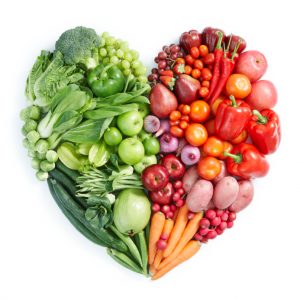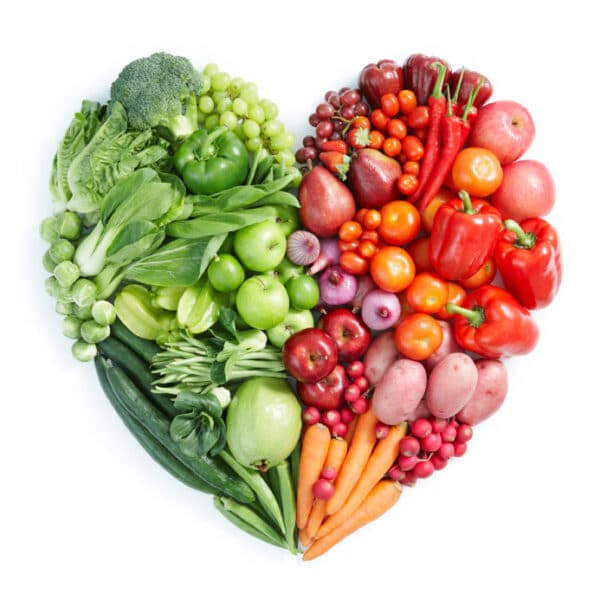 The results of the first 4 years of the rolling National Diet and Nutrition Survey, our source of nationally representative data of types and quantities of foods consumed by individuals in the UK has just been published.
The results of the first 4 years of the rolling National Diet and Nutrition Survey, our source of nationally representative data of types and quantities of foods consumed by individuals in the UK has just been published.
This sheds light on the nation’s nutrient intake (assessed through 4 day food diaries) and nutritional status using a representative sample of 1,000 people per year (500 adults and 500 children aged 18 months and older). The survey is jointly funded by Public Health England and the UK Food Standards Agency.
What does the new data show?
In the population as whole, average intakes of saturated fat, added sugars and salt were above, and intakes of fruit and vegetables, fibre and oily fish were below dietary recommendations.
Some key findings are highlighted below:-
- 5-a-day – Only 10% of adolescent boys and 7% of adolescent girls meet the 5-a-day recommendation, with only 30% of adults and 41% of the elderly doing so. Substantially less than half the population are meeting these recommendations.
- Oily fish – Mean consumption of oily fish was below the recommended 140g per week. In adults aged 19-64 mean consumption was 54g, and for adults aged 65 years and over this was 63g per day.
- Calories – Despite high rates of overweight and obesity, reported energy intakes were actually below the estimated average requirements for adolescents and adults. However there was some evidence of underreporting. This is a limitation of self-reported dietary intakes, particularly in overweight and obese people as they tend to underreport their dietary intake.
- Salt – Estimated mean salt intake for people aged 65 years and over was 7.2g day, which is above the recommended maximum of 6g day.
- Vitamins – On average, intake of most vitamins as indicated by dietary intakes and by blood measures of nutritional status was adequate, although there were low intakes of vitamin A, riboflavin and folate in a proportion of teenage girls.
- Vitamin D – There was evidence of low vitamin D status in the population. For example, almost a quarter of women aged 65 years and over had low vitamin D status. This is of concern as it has implications for poor skeletal health and risk of falls in the elderly.
- Iron – Another nutrient of concern is iron, particularly in teenage girls and adult women. However, there was little evidence of low status of the majority of other micronutrients.
- Cholesterol – Approximately 10% of adults had serum total cholesterol concentration between 6.4 and 7.8mmol/litre indicating moderately elevated cardiovascular risk. In approximately 2% it was above 7.8mmol/l indicating a high risk. Some 30% had a serum concentration indicative of a marginally increased risk (5.2-6.4mmol/l).
What can we make of all this? Perhaps like a traditional school report, the survey would indicate that we could do better.






